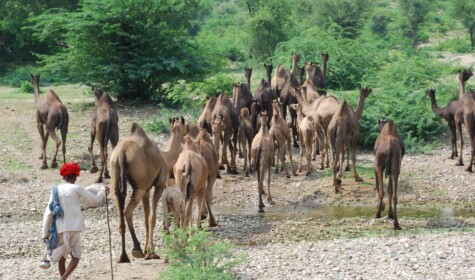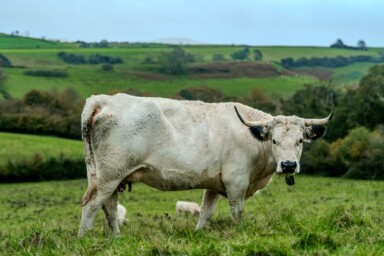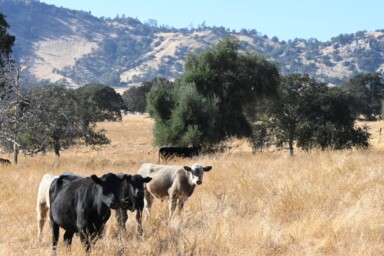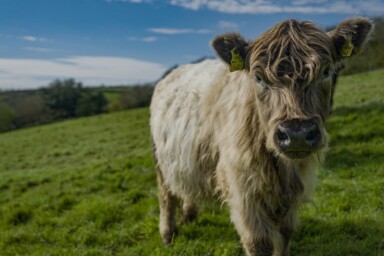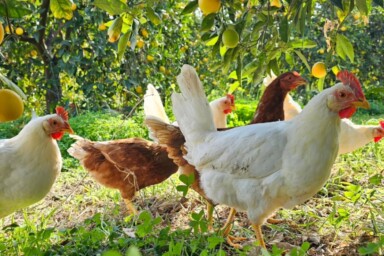Image courtesy of LPPS Archives
International Year of Camelids: Supporting camel pastoralist cultures
In 2024, the world celebrates the International Year of Camelids (IYC), designated as such by the UN General Assembly, to highlight the significance of camelids to the wider world. The term ‘camelid’ includes not only the one-humped dromedary and the two-humped Bactrian, but also their humpless South American relatives, the wild guanaco and vicugna, as well as the domestic llama and alpaca. While camelids may appear marginal and exotic to people in the Global North, they are central to many cultures in the South who have herded them for millennia and bestowed upon them the utmost respect and affection – a closeness that was borne out by an absolute interdependence – camelids and humans either survived together, or not at all. This is reflected in the official slogan used by the Food and Agriculture Organization (FAO) of the United Nations, the agency that has been tasked with leading activities for the IYC ‘Heroes of Deserts and Highlights: Nourishing People and Culture’.
In its justification for holding an International Year of Camelids, the FAO states that “Camelids are the main means of subsistence for millions of families who live in the most hostile ecosystems on the planet in over 90 countries. These animals are essential for food security and nutrition as they are the main source of meat protein and milk for smallholder farmers and indigenous communities in different regions throughout the world. They also provide fibres, organic fertiliser and transport and are indispensable for nomadic livelihoods.”
The FAO also emphasizes that camelids can contribute to various Sustainable Development Goals (SDGs), such as the fight against hunger (SDG 2) and tackling extreme poverty (SDG 1), stating that “…the optimization of the many qualities of camelids (meat, milk, fibre, means of transport) would also contribute to guaranteeing food security and nutrition, providing sustainable livelihoods and promoting the inclusion of communities that benefit from these animals. The participation of women working with camelid fibres and involved in pastoral work is relatively high, which significantly encourages the empowerment of women (SDG 5)”.
It is indeed true that camelids are associated with marginalised communities, and that the right kind of support and interventions, such as the equitable value chain that we are setting up in Rajasthan, could do much for alleviating poverty and food security. Unfortunately, the lead actors in the global camel sector are currently the oil-enriched Arab countries, where camels have turned into prestige-laden playthings that compete in races and beauty contests. Huge camel dairy farms have sprung up in the Arabian deserts where thousands of camels are milked with machines and fed with alfalfa imported from overseas instead of drought resistant desert plants. Camels identified as having genetic merit are multiplied by means of cloning and embryo-transfer, totally undermining the genetic diversity of the animal that was created by camel pastoralists over centuries.
But this kind of production doesn’t increase food security or support the alleviation of poverty. The world does not need industrial camel production, in fact we must strive to prevent camels following in the tracks of pigs, cattle and poultry. Livestock develops its positive impact on the environment when it is managed in grazing/browsing systems where it is kept moving. Under these conditions, it acts similarly to wild herbivores, spreading seeds, supporting their germination, trampling organic materials into the soil and upholding the carbon cycle, nourishing soil microbes and providing breeding grounds for insects that feed birds. And this kind of livestock management is not only good for the planet, but also for people, as the nutritional value of meat and milk differs tremendously between animals fed concentrate and those with biodiverse diets.
If we want to achieve the stated aims of the International Year of Camelids to fulfil the Sustainable Development Goals and contribute to poverty alleviation and food security, the starting point for all interventions must be to support camel pastoralist cultures by protecting their grazing areas, by investing into decentralized infrastructure for processing, and by linking them to markets. We must respect and value their traditional knowledge in keeping camels as part of the ecosystem – and learn from them how to manage livestock so that it unfolds its beneficial impact on the environment.
You can read more about ethically produced camel milk here. To be the first to hear about our upcoming report on grazing livestock make sure you sign up to our newsletter.
Featured image courtesy of LPPS Archives.
